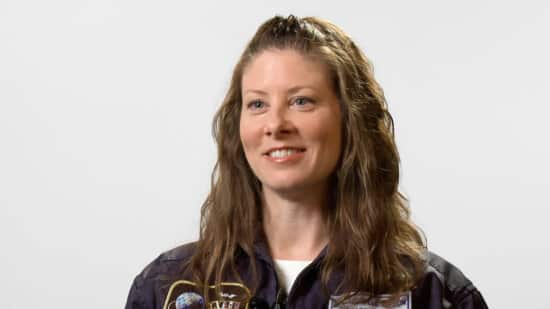Pilot

What you need to know
Airline and commercial pilots fly and navigate airplanes, helicopters, and other aircraft. Airline pilots work primarily for airlines that transport passengers and cargo on a fixed schedule. Commercial pilots are involved in unscheduled flight activities, such as aerial application, charter flights, and aerial tours.
Airline pilots may spend several nights a week away from home because flight assignments often involve overnight layovers. Commercial pilots also may have irregular schedules. Although most commercial pilots remain near their home overnight, some may still work nonstandard hours.
Some of the things pilots might do
- Check the overall condition of the aircraft before and after every flight
- Ensure that the aircraft is balanced and below its weight limit
- Verify that the fuel supply is adequate and that weather conditions are acceptable
- Prepare and submit flight plans to air traffic control
- Communicate with air traffic control over the aircraft’s radio system
- Operate and control aircraft along planned routes and during takeoffs and landings
- Monitor engines, fuel consumption, and other aircraft systems during flight
- Respond to changing conditions, such as weather events and emergencies (for example, a mechanical malfunction)
- Navigate the aircraft by using cockpit instruments and visual references
Watch this video to learn about what our pilot role models do in their careers:

- Communication skills. Pilots must speak clearly when conveying information to air traffic controllers and other crew members. They must also listen carefully for instructions.
- Observational skills. Pilots regularly watch over screens, gauges, and dials to make sure that all systems are in working order. They also need to maintain situational awareness by looking for other aircraft or obstacles. Pilots must be able to see clearly, be able to judge the distance between objects, and possess good color vision.
- Problem-solving skills. Pilots must be able to identify complex problems and figure out appropriate solutions. When a plane encounters turbulence, for example, pilots assess the weather conditions and request a change in route or altitude from air traffic control.
- Quick reaction time. Pilots must respond quickly, and with good judgment, to any impending danger.
Watch this video to learn more from our pilot role models:

The average pay for pilots in the United States was $211,790 in May 2022 according to the U.S. Bureau of Labor Statistics.
A pilot’s pay depends on factors such as level of experience, education and training, geographic location, and specific industry.
About 16,800 new job openings for airline and commercial pilots are projected each year, on average, over the next 10 years in the United States.
Overall employment of airline and commercial pilots is projected to grow 4 percent from 2022 to 2032 according to the U.S. Bureau of Labor Statistics. This is about as fast as the average growth rate for all occupations.
The number of commercial pilot jobs is projected to increase in various industries, especially in ambulance services, where pilots will be needed to transfer patients to healthcare facilities.
Airline pilots typically need a bachelor’s degree in any subject, along with a commercial pilot’s license and an ATP certificate from the FAA. Airline pilots typically start their careers flying as commercial pilots. Commercial pilots usually accrue thousands of hours of flight experience in order to get a job with regional or major airlines.
Commercial pilots must have a commercial pilot’s license and usually need a high school diploma or equivalent. The most common path to becoming a commercial pilot is to complete flight training with independent FAA-certified flight instructors or at schools that offer flight training. Some flight schools are part of 2- and 4-year colleges and universities.
Discover some of the courses you will take pursuing one of the many degrees featured on this site.
Watch this video to learn more from our pilot role models:





